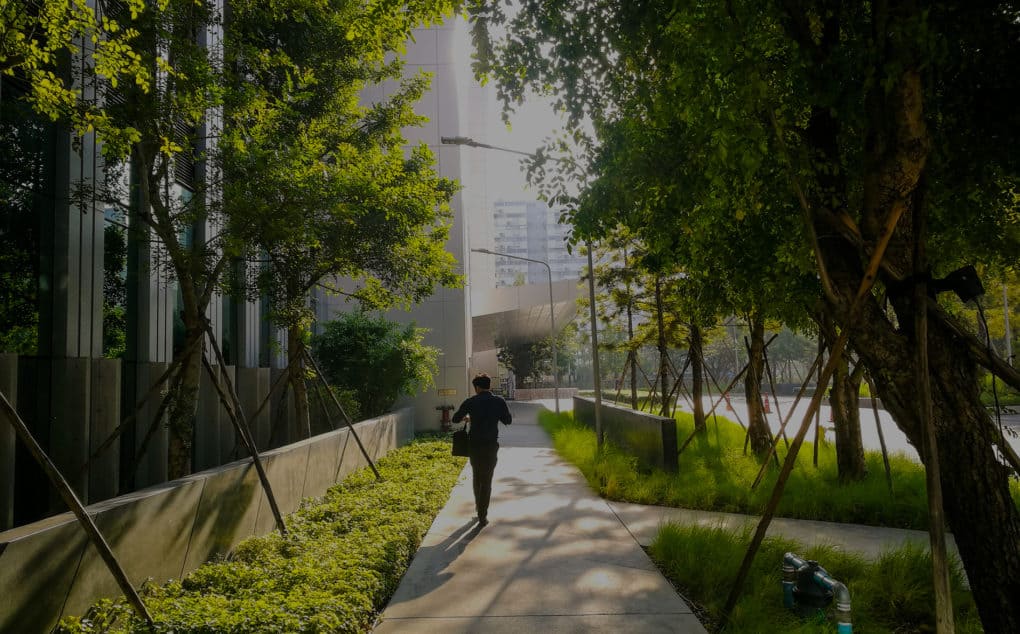
Urban planning and biodiversity
Reinventing the city in line with nature
The term biodiversity “is often assimilated with all living species. But it is “the totality of all relationships established between living beings, among themselves and with their environment”.
‐ Gilles Boeuf
The impact of humans on the degradation of biodiversity is no longer in doubt. “75% of the earth’s surface is significantly altered by human activity. More than 85% of wetlands have disappeared. A million species are threatened with destruction. On a global scale, local varieties and breeds of domesticated plants and animals are disappearing”, warns the latest 2019 report from IPBES, the Intergovernmental Science-Policy Platform on Biodiversity and Ecosystem Services.
What we owe to biodiversity can be summed up in three words, according to the Millennium Ecosystem Assessment commissioned by the UN in 2000: climate (its regulation, CO2 storage, the fixation of atmospheric particles, the infiltration of water into the soil and its filtration, the regulation of diseases), supply (of materials, food, clothing), culture (entertainment, the pleasure of beauty, social ties). In particular, the more biodiversity decreases, the greater the risk of a pandemic: a study by University College London, published on 5th August 2020 in the journal Nature, reveals that the fewer species there are, the less likely it is that transmission of the virus will be blocked.
The term biodiversity “is often assimilated with all living species,” declared Gilles Bœuf in December 2013, during his inaugural lecture at the Collège de France. “But it can in no way be assimilated with mere inventories or catalogues of species.” It is “the totality of all relationships established between living beings, among themselves and with their environment”.
It would be irresponsible to build a city without fostering these relationships, in order to respond to the environmental and ecological emergency, especially since social demand and political orders are moving in this direction. The question of how remains. How can living spaces be better managed for humans and animal and plant species? What type of cohabitation, what interactions should be brought about to avoid reducing nature to a technical solution for repairing human damage? How can we make the city a sustainable ecosystem in which new uses can emerge? All those involved in urban planning will have to meet these expectations, together with the inhabitants.
For its part, the French government will provide “more than 20 billion euros” so that “by the end of 2021, all territories will have ecological development contracts”, including “concrete action plans” [such as development of cycle paths and the fight against soil artificialisation, included in the national biodiversity plan in July 2018], the Prime Minister said in mid-July 2020.
Environmental activist Rob Hopkins, the initiator of the international Cities in Transition movement, has no doubt about it: “we are going to experience the most remarkable ten years of ecological transformation in history,” he announced in Le Monde of 22nd August 2020.
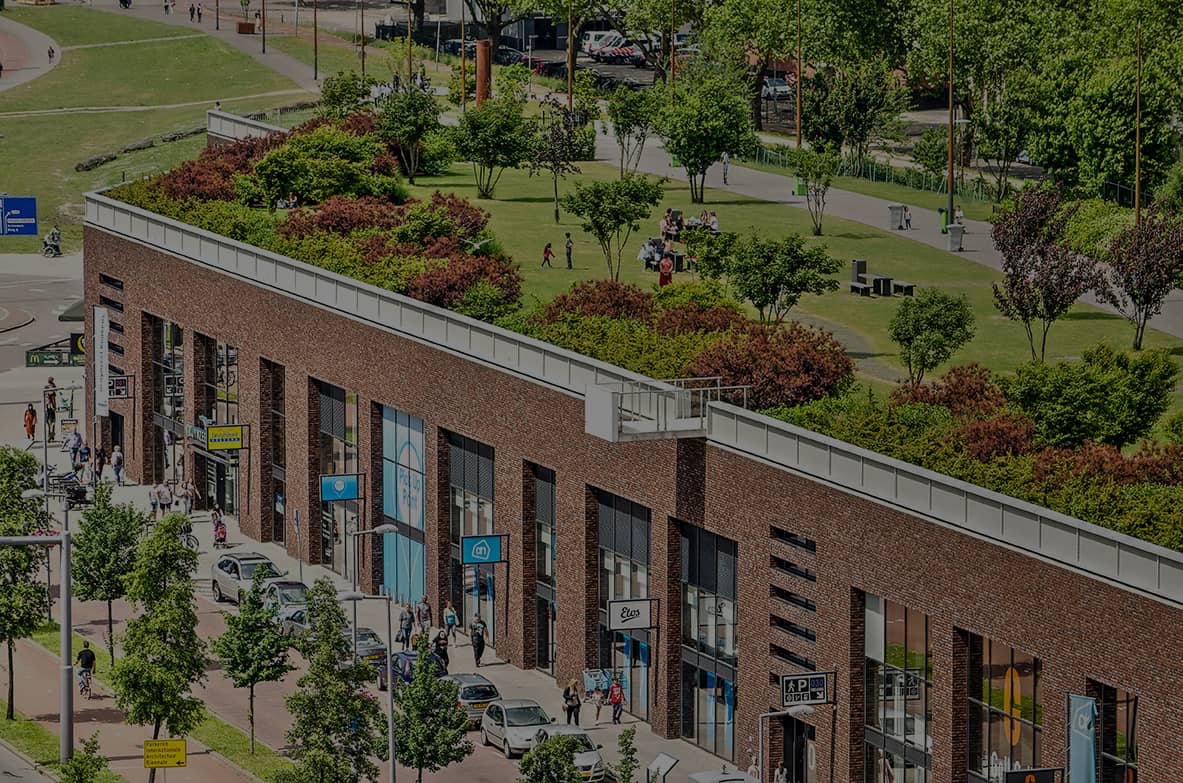
The living city approach: how to reconcile buildings, biodiversity and uses?
The publications of the last five years, or the BAUM (Biodiversity, Urban Planning and Morphology) call for projects launched in February 2020 by the Puca, in partnership with the General Directorate for Planning, Housing and Nature (DGALN) and the French Biodiversity Office (OFB), prove how much the bio-diverse and sustainable city is the focus of the reflections of all those involved in creating cities, politicians, town planners, architects, ecologists, landscape designers, but also sociologists and philosophers. “When will the Biodiversity City be here?” asks, for example, the book by Emeline Bailly, Dorothée Marchand and Alain Maugard: Biodiversité urbaine, pour une ville vivante (2019). How can a living dynamic be established there?
These reflections lead to the same conclusions: it is not enough to combine the traditional urban planning approach with an ecological approach, however rigorous it may be, to design a stronger, sustainable and happy city. It is a question of considering the neighbourhood or city as an ecosystem, responding to its inhabitants’ desire for nature, ethics and social creativity.
The traditional urban planning project, designed by humans, “the dominant species” as biologists say, provides for the optimal occupation of urban space by developments that house its activities – housing, supplies, work, leisure – and the traffic infrastructures that structure the city. This project involves densifying the habitat, creating perspectives, conserving and restoring places or buildings of historical value.
“The emergence of ecology among the disciplines of urban planning,” notes Xavier Lagurgue in Urbanisme et biodiversité (2020), a collective work directed by Philippe Clergeau, […] raises questions about the relationship between built forms and their environment […]. Green corridors as habitat [for wildlife] question the plan, just like any other type of urban space,” because their functioning is as necessary as human development. How do we fight ecological fragmentation, how do we maintain or restore continuities in a fragmented city? This raises questions about the ratio of natural areas to be preserved, the surface area of façades or roofs to be planted with vegetation. What services can we expect from it?
This dual approach – urban planning and ecology – “tends to instrumentalise nature in the name of biodiversity”, warns Emeline Bailly in Biodiversité urbaine, pour une ville vivante (2019). “A manufactured, highly technical nature – with its plant façades, its flat roofs with thermal properties, its valleys – is being deployed to remedy the ecological ills of metropolitan areas: the fight against pollution, against heat islands, better control of the water cycle, etc. These ‘green’ innovations are marketed in cities (…). Nature is then reduced to a technical solution to the detriment of nature projects that promote biodiversity and adaptation to climatic hazards”.
“These are ecosystems that need to be put in place,” emphasises Philippe Clergeau in his writings and lectures, to rebuild urban environments that are home to both human activities and their interactions with the commensal flora and fauna. Ecosystems that put humans back in their rightful place, as Gilles Clément writes in his Carnets du paysage (2010), in order to “immerse themselves, accept themselves as a being of nature, revise their position in the universe, no longer placing themselves above or in the centre, but within and with”.
“The loss of a strong relationship with nature would create a form of urban pathology,” says sociologist Dorothée Marchand. “If the town is sick, it’s because we’re sick ourselves.” “There is no sustainable health if it’s not ecologically based,” Robert Barbault wrote in 2006.
Anthropologist Sonia Lavadinho observes, “Trends are emerging to invest the city from the outside, to multiply interactions with others and with nature, to bring to life an ecosystem in which it is possible to diversify uses, decompartmentalise professions, connect diverse populations and reinvent the habitat.” A biodiverse, healthier and more creative city is within reach.
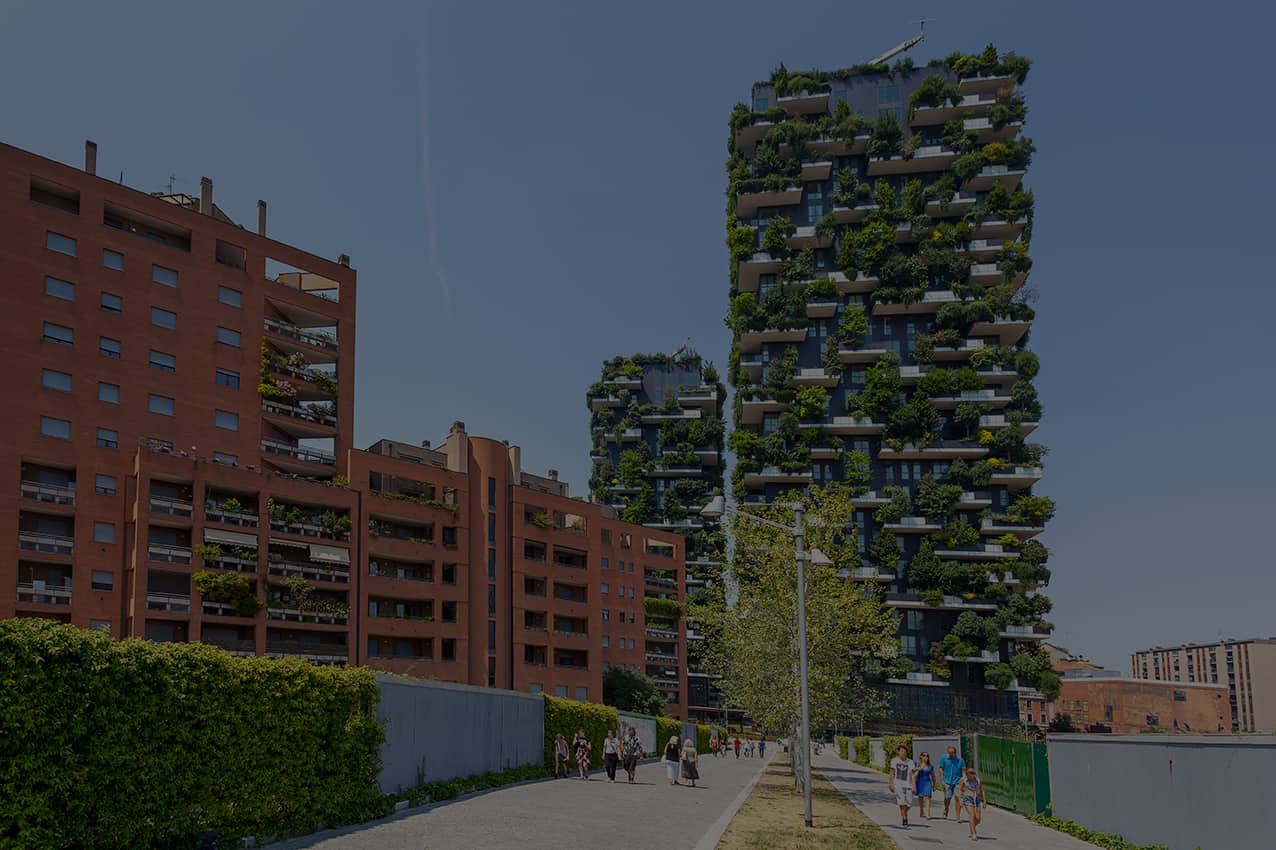
Biodiversity in the city: state of play
“Making biodiversity the priority is no longer an option but a necessity. It’s a matter of life and death for our cities,” warns Cyril Trétout, president of ANMA. Lockdown has reinforced or awakened the ecological awareness of the vast majority of city dwellers, according to numerous surveys and publications (press articles, broadcasts and podcasts) on the desire for nature and biodiversity in the city.
There are still some obstacles to making this desire a reality. On Twitter, for example, urban planning and construction professionals are expressing their desire for “business as usual”, and policed residents cannot imagine Paris without zinc on its rooftops and its English gardens. We are getting annoyed by this green wave that more and more politicians, architects-urban planners, associations, collectives and ordinary citizens are trying to expand.
But the movement is launched and solutions are falling into place, generally supported by elected officials and building professionals, while promoting the decompartmentalisation of services, citizen consultation and solidarity. “It’s not a question of giving in to fear, but of seizing an opportunity to give new creative impetus to urban planning and architecture, while promoting a social momentum,” explains Cyril Trétout.
The Act of 13th December 2000 on solidarity and urban renewal (SRU), the Grenelle Acts of 2009 and 2010, then the Act on access to housing and renovated urban planning in 2014 (ALUR), prescribed respect for the environment in the development of a neighbourhood or the construction of a real estate project. City professionals must in particular respect the rules of densification, integrate green and blue corridors, and provide local services to avoid unnecessary travel.
Green and blue corridors (GBC), to which are commonly added aerial corridors (for flying species), brown corridors (for soil biodiversity) and black corridors (for species life at night), are a major tool for communities to address two related issues: biological erosion and global warming. It is an “approach that aims to maintain and reconstitute a network of exchanges so that animal and plant species can – like humans – circulate, feed, reproduce, rest, interact and thus ensure their life cycle,” reads the website of the Ministry of Ecological Transition.
3D CORRIDORS
In order to link the corridors to one another and to the reservoirs of biodiversity constituted by wastelands, green spaces, parks, cemeteries or zoos, maintained without chemical treatment since the Labbé law (2017), proximity corridors are developing on the ground (dotted lines, in “stepping stones’ when it concerns planted trees), under the impetus of “Canopy Plans” voted by more and more cities, such as Milan and Strasbourg recently.
But these proximity corridors also climb along façades, on roof terraces. 3D forests invest in projects such as Stefano Boeri’s Bosco Verticale in Milan. The vegetation of Mount Revard should soon run over two buildings erected on the former national thermal baths of Aix-les-Bains, a refurbishment project by Vincent Callebaut, which was acclaimed by the inhabitants. Nature settles in, this time by itself, on the terraces and walls full of crevices, ridges and interstices of the Chartier-Dalix School of Science and Biodiversity, in Boulogne-Billancourt, as it does on the mouldings, cornices, capitals and ornaments of the ancient city.
Cities in North America are taking steps to accelerate the greening of roofs. In Toronto, since 2009, a by-law has required the construction of “green roofs” for buildings with storeys larger than 2,000 sq. m. Its “Eco-Roof Incentive Program” subsidises up to $100,000 for the installation of green roofs on all types of houses and buildings. San Francisco followed its example.
“For real estate transactions aiming at a level of excellence in terms of sustainable construction, ecology and brand image”, in France, the International Council on Biodiversity and Real Estate (CIBI) launched the BiodiverCity® label, “a standard as well as a strategy and an accreditation.” It encourages initiatives such as nesting boxes on the walls or roofs of buildings, local bio-sourced materials, and the greening of buildings by local species. In addition, the CIBI has just launched the BiodiverCity® Ready label for development projects, a tool for assessing and promoting the consideration of biodiversity at the neighbourhood level.
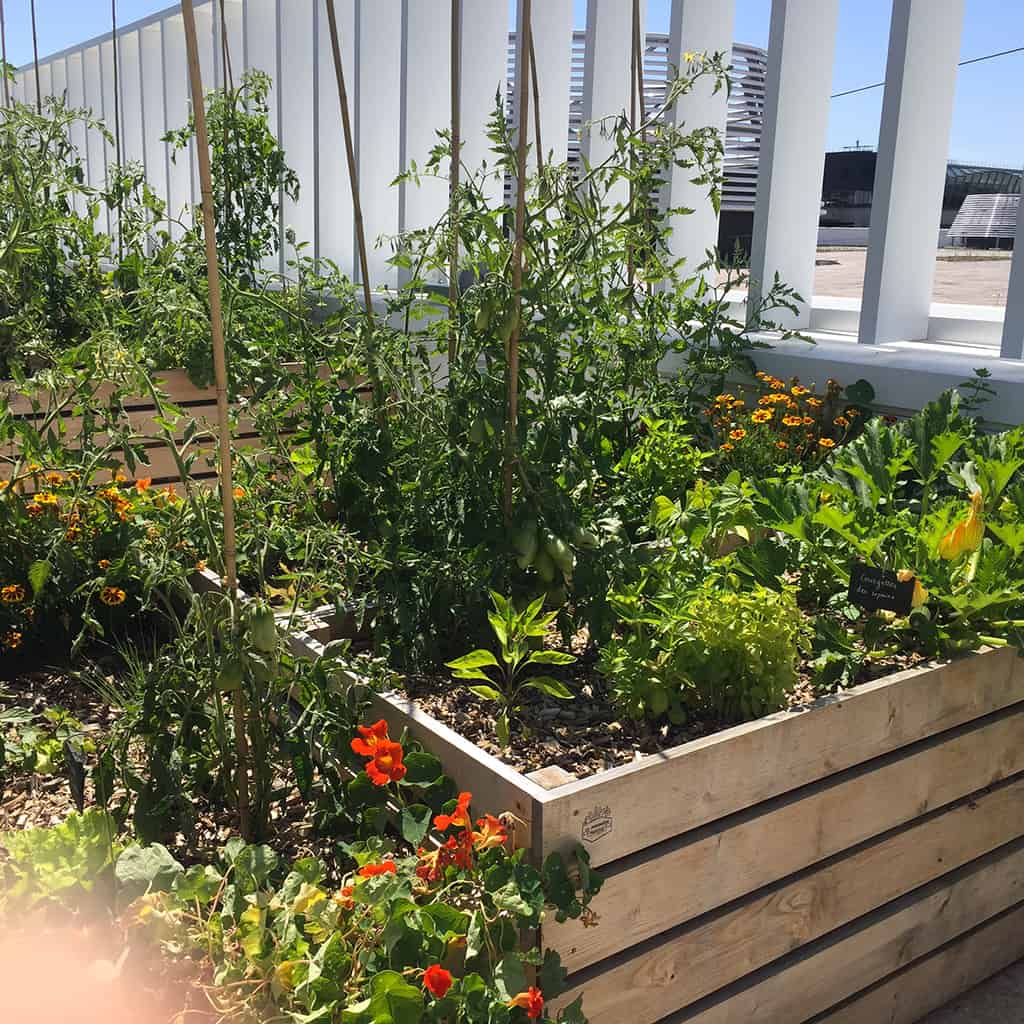
PEDAGOGY AND CITIZEN PARTICIPATION
Birds reappear, but also spiders and other insects: residents, moved by the extinction of large mammals such as polar bears, are less moved by this type of small fauna.
In their local urban plan (LUP), cities like Vancouver (with its “Greenest City Action Plan”) call for a change of mentality: accept that you will have more insects in your home, and plants that have not been invited in your garden or balcony, and see river banks losing their tarmac (a project also announced by Anne Hidalgo for one of the banks of the Seine). In France and the United States, with the help of associations, more and more municipalities are organising workshops to explain the difference between decorative vegetation and vegetation that reinforces biodiversity, to raise awareness of the charm of ordinary nature and the virtues of small fauna. In order to better understand and count it, the OFB has launched a call for projects to create a Communal Biodiversity Atlas (CBA).
The “Green Living Program” in North America encourages neighbours in the same neighbourhood to green it in a virtuous way. In England, the example of Sheffield is particularly noteworthy, where residents, local businesses, landowners and social housing providers who are responsible for managing the area at the foot of their buildings have been working towards this goal for more than ten years. Residents in some neighbourhoods have specialised and become service providers in others.
Also in Sheffield, nicknamed “The Outdoor City”, merchants and businesses have joined forces and are contributing to green their district and make it more attractive as part of a “Business improvement district” approach.
In Nantes, the municipality is transforming public gardens into fruit gardens, the production of which is shared with the birds. Urban farms are multiplying; Paris has about twenty of them, including the largest in Europe. In Tours, a citizens’ initiative wants to transform the city into a communal market garden, in the wake of the worldwide “Incredible Edible” movement launched in 2008 in a small town in England, but without municipal authorisation. “Citizens, citizens, let’s resist, let’s sow seeds,” a watchword relayed by Le Monde of 24th July, 2020.
Finally, you have to get used to the idea of a city that sleeps at night. To promote the night life of its eleven species of bats, Douai is preparing to introduce dark corridors, using lighting modulated according to the season (warm light in summer, cold in winter) and the time of day: it dims between midnight and 5 a.m. but a detector allows it to intensify when a pedestrian or cyclist passes by. In times of lockdown many other cities have adopted curfews.
EVALUATION
The quality and sustainability of the systems put in place have yet to be assessed, to check whether more species interact favourably with each other.
In Berlin, they are “quantifying biotic factors”, testing what living things do to living things in the city, in green spaces, wasteland and buildings. The function of the CityScapeLab experimental platform is to modify and anticipate the effects of urbanisation on living organisms and biodiversity, using networks of sensors that measure all environmental parameters (temperature, pressure, humidity, luminosity, particles, noise, etc.) in France, the Puca, in partnership with the Directorate General for Development, Housing and Nature (DGALN) and the French Office for Biodiversity (OFB) launched a call for Baum research projects (Biodiversity, urban planning and morphology) in February 2020. The selected projects should start before the end of the year. It will be more than a year before the first results are available.
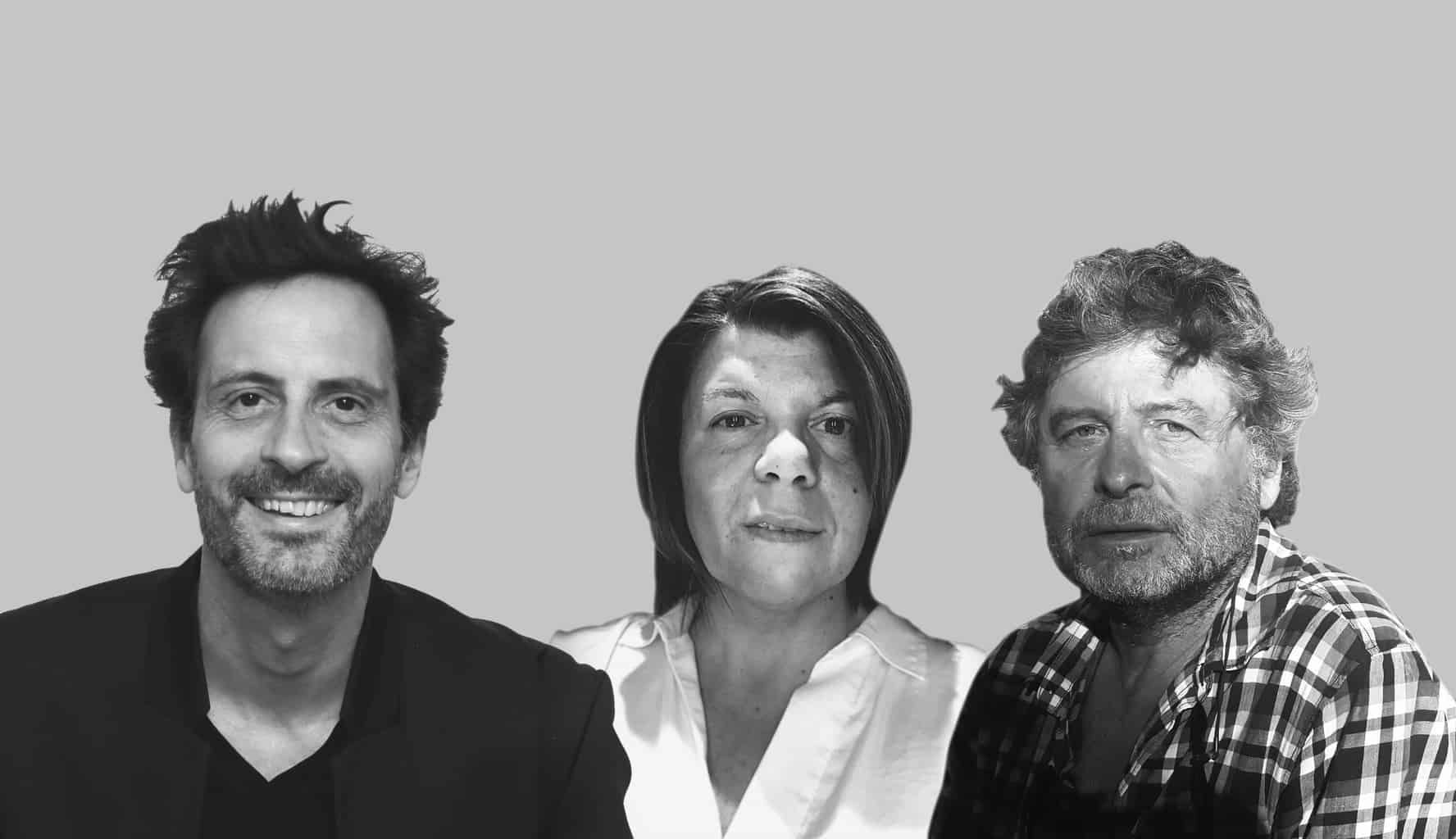
How to create cities and promote biodiversity
CROSS INTERVIEW
With Cyril Trétout, architect and urban planner, president of ANMA,
Sonia Lavadinho, anthropologist, founder of Bfluid,
Pierre Audiffren, ecologist, geographer, founding president of Chic-Planète Consultants.
Pierre Audiffren, is the protection – and restoration – of biodiversity a given for those involved in urban planning?
P.A.: No, because most of those involved do not yet understand what the word biodiversity means. On the one hand because of a common confusion between nature and biodiversity. Fostering biodiversity, for the most part, means reintroducing nature to the city. But that doesn’t really make sense, because the living world is already there, ready to flourish if given the opportunity, in particular by reconnecting disjointed spaces. People said that the lockdown brought animals back into town. They were already there, but they stopped hiding when the urban movement subsided. The problem is the loss of biodiversity – the decline or extinction of certain species and the disruption of exchange between species. And city planners still don’t know how to counter the phenomenon. That’s why we ecologists are indispensable – we used to be called “frog counters” – for our knowledge of ecosystem services; tenders are starting to require the presence of an ecologist. The environmental code encourages them to do so.
Cyril Trétout, how does the environmental approach condition your job as an architect-urban planner?
C.T.: The environmental approach forces us to consider all aspects because, when I am about to draw something, I have to look at the ecological impact it will have. So it’s the site that makes the project and not the other way around. The sun, the wind, the people who live there or have lived there, the memory, all this makes up the urban or architectural project. The project is built from the bottom up. It’s anchored in a reality.
These are the principles that enable you to identify and draw the local urban corridors?
C.T.: When we draw an urban plan based on the principle of nature, a principle from which we cannot deviate, we must understand the already existing “genius of the place” (what we discover that is injured or hard, a lost pathway, a historic passage, a wetland, etc.) to connect it on a larger scale, that of biodiversity corridors [green and blue corridors]. If we don’t follow this principle of panning out, first understanding what exists – at the local scale – to connect it to a biological corridor and to the rest of the territory, it does not work.
We must therefore rethink the way in which building permits are granted. The constraints of financial optimisation should not be a priority. On the other hand, those imposed by the nature of the site must be a top priority. We need to take the time to carry out preliminary, indispensable and exciting studies, such as the one we are currently conducting on the Brière marsh in Saint-Nazaire.
What is positive is that it invites us to work with the intelligence of others, from other fields (ecology, home automation).
When you respond to a call for tenders for a building – for so many apartments, so many car parks, cellars, etc. – how, with all these constraints, can you make respect for biodiversity a priority constraint?
C.T.: Biodiversity as a priority is no longer an option but a prerequisite. Not only is it possible, it is urgent. It’s a matter of life and death for our cities. No more digging, disturbing the water tables, demolishing. We can improve the ability to bring nature into the city, to encourage it to be integrated into the built environment, to give equal importance to the full and the empty. Breathable nature can be generated in public space as well as in buildings in a more cost-effective way, if we make buildings with openings on different sides, if we use the resources of the wind to cool them, and those of the sun, by systematically capturing its energy.
When we talk about “construction”, we are talking about 1% of the housing stock in France. Under these conditions what should be built should be exemplary, because it only represents 1%. Half of this percentage, however, is made up of single-family homes. The idea was promoted, with unbeatable costs and deadlines, that Monopoly houses were a response to a legitimate desire for comfort and greenery. The average city is getting denser and construction actions are not up to the level of comfort desired.
How can we reintroduce this comfort desired by everyone – of which biodiversity is a part – into condominiums? I believe that the industrial heritage should be refurbished to meet these aspirations. But who pays for the asbestos removal? The clean-up? How do we finance the refurbishment of abandoned heritage?
Furthermore, I believe that more attention should be paid to our streets as a matter of urgency.
Sonia Lavadinho, is the desire to live in the street reflected in the emerging uses of the city?
S.L.: We’re between two trends. A trend towards immobility, a way of living in apartments, offices or cars: the city from within. The problems with this are how to gain square footage to enlarge living space – usually by making an open kitchen -, how to go directly to the car park to get into your car, to park it in a new car park, to sit in a new interior space. In this inner city we are sitting down a lot. Yet “public enemy number one is the chair,” according to a doctor friend.
But there is another trend, a strong return to the outside city, which is a way of first inhabiting your body, of making it move outwards. The house is a hybrid of indoor and outdoor spaces such as the “outdoor kitchen” and “rooftops”. Lockdown in the city has increased a strong desire to get out, to live in the street, the city from the outside.
Studies show that as soon as you put more nature in the city, people get out and interact more. Yet in most of our French cities, no sooner have you set foot outside than you feel like evaporating. It is the responsibility of everyone (including politicians and town planners) to build a city from the outside, that we can also live inside.
How?
S.L.: First of all, the second skin of the buildings, from the first metre to the first kilometre, must be addressed. Starting with the building itself: look at the two towers of Stefano Boeri’s Milan Bosco [Vertical Forests]. They are whole ecosystems, which introduce insects and small fauna vertically. You can hear the birds singing. They invite you to leave your shell, and not to rush into another shell, mobile this time (the car).
The first hundred metres, if they respond to the desire for nature and poetry of the person passing through the door, encourage the person to continue in the movement of the body, to walk, to take his or her bicycle.
In the next 400 and 500 m, you should find the answer to your daily needs, in a setting that also allows you to pause, take a breather, make a phone call, wait for the end of your child’s piano lesson, for example.
We have invested massively in places that we only visit once or twice a year, far from home, but we do not know how to make pleasant places to spend 5 to 15 minutes, places that we visit every day. This is the challenge of the coming decade: to offer people, within 500 metres of their homes, spaces where they can enjoy nature when they have a moment. In this respect, Denmark and the Netherlands have much better control of their land than France to create an everyday city, which encourages interaction and human biodiversity, a sensory and experiential city, for all ages, in all interactive relationships (in the family, at work).
Adults know the living area better than the working area, it’s a pity.
For Rolex, I organised an edible city experience in Geneva: a lunchtime hunt in the city. People had also brought a picnic so they wouldn’t starve to death! We were surprised to see everything that was edible and not edible.
Pierre Audiffren, how can we encourage this trend towards living in a city that respects biodiversity?
P.A.: First by changing lifestyles. I’ll give you an example of the inconsistency that prevails. In my region, a mayor wanted to set up shared gardens but nobody was looking after them. So he thought people didn’t know how to garden. He planted the gardens shared by gardeners. But no one harvested the fruits and vegetables. Why? Because the people in the neighbourhoods where he had set up the gardens did not know how to cook or did not have the time to do so, because of the frantic pace to which they were subjected. And yet they liked the idea! We have to change our relationship to time, change pace, slow down, walk, take our bike, inhabit the space, appropriate it, share it.
Then review our representation of nature. We are used to a “clean”, curated, exotic nature which is not the most favourable to biodiversity. Rather, we need to look at native species and ordinary nature. Scientists were the first to distinguish between useful and less useful species. As if there are some useful people and some not. All living beings are essential. They all depend on each other. Let’s have the humility to acknowledge that. For hundreds of years, we and our environment have evolved together, and this co-evolution must continue.
Hence the need to educate children and adults about the ecosystem services provided by nature, about which we do not yet know everything, and to realise our dependence on its services (such as food and pollution control).
Finally, understand that it is not difficult and that this paradigm must be systematically integrated into urban development. Nature invites itself easily into the city, if it is given the means; in the large families of plant and animal species, it is like in human families: one will be adventurous, the other will love the city, the other the countryside… There is no need for major adjustments to allow each animal or plant, if they invite themselves into the city, to live out their respective daily, seasonal, multi-year cycles. All it took was for a friend of mine to plant a few local species in his garden, including a hazelnut tree, to bring in a red squirrel. It is these unexpected gifts of nature that make you happy!
